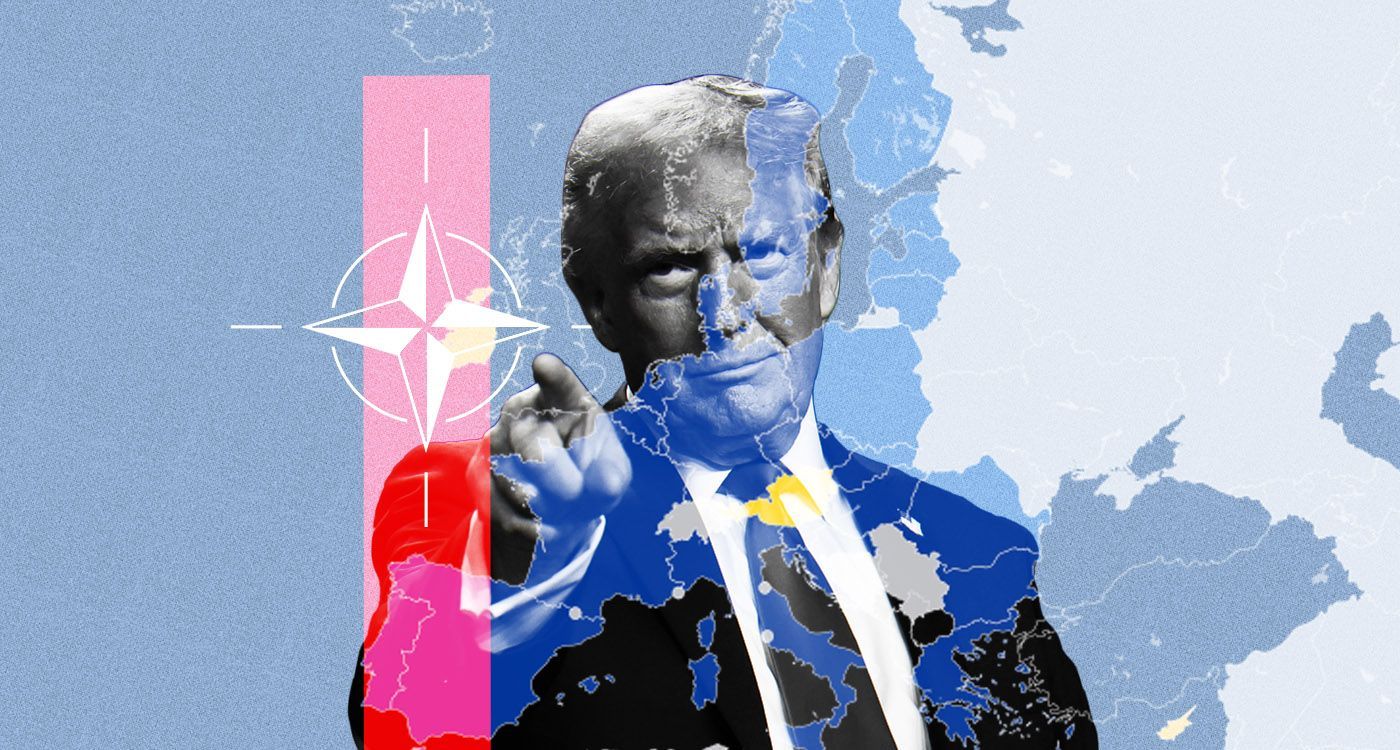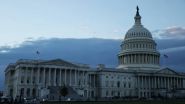- Home
- Middle East
- NATO and Europe Brace for a Second Trump Term

©This is Beirut
A new chapter in United States politics is unfolding as Donald Trump prepares to return to the White House in January 2025. His victory signals the beginning of a second conservative revolution in America, reminiscent of the one Ronald Reagan launched in 1981, centered on economic reforms. This time, however, Trump aims for a broader conservative agenda: tax cuts, import restrictions, immigration limits and a rollback of environmental policies. Above all, he will pursue a clear guiding principle: “America First,” even at the cost of alienating Western allies. While his win in 2016 took both his opponents and himself by surprise, Trump returns now with meticulous preparation and a well-structured plan. The counterpowers appear weakened, as the Trump movement has secured the Supreme Court, the Senate, and is poised to take the House of Representatives.
With Kamala Harris' defeat confirmed, Trump’s shadow stretches over Brussels, plunging the European Union into a period of profound uncertainty and concern. The EU now faces the pressing need to strengthen its unity in the face of challenges many experts deem existential. Whether it's the crisis in Ukraine, continental security or rising trade tensions, each issue requires collective and unified responses. What stance will Europe take toward the next US president? And how will it navigate the challenges of a world driven by self-interest, in an increasingly polarized global order?
NATO and the threat of Trump's return
Trump’s second four-year-term could pose significant risks to European interests, particularly in two key areas. The first is defense, where European security remains closely tied to the North Atlantic Treaty Organization (NATO), a structure heavily dominated by the US. Trump has long criticized NATO as an outdated and costly alliance, repeatedly urging European countries to take on a greater share of the financial burden. But could he go as far as questioning the principle of mutual defense? Trump is the only US president to have never explicitly committed to honoring Article 5 of the transatlantic treaty.
However, a full US withdrawal from NATO would be difficult to execute, given the institutional checks in place in Washington. These include Congress, which, even with a Republican majority, retains significant influence over presidential decisions. Additionally, the law passed under Biden in December 2023 requires the president to notify Congress and secure a two-thirds majority in the Senate for any unilateral exit from NATO. Such a move would undoubtedly trigger a national debate extending beyond institutional circles, likely involving key players such as major defense contractors.
It is therefore more likely that Trump would seek to transform NATO into a more passive alliance, where the US would assume a role as a last-resort backer, while shifting the financial burden onto European nations. For Europe, the most viable strategy would be to remain prepared for negotiations and compromise, though transatlantic relations would likely remain strained with less collaboration.
Customs tariffs: a growing burden on the European economy?
The second significant concern revolves around Trump’s economic policies, which could pose substantial challenges for Europe. He has once again threatened to impose tariffs on the EU, echoing his approach from his first term. It is worth noting, however, that the tariffs implemented during his previous presidency were less severe than those promised during his 2016 campaign. This time, Trump plans to introduce a uniform tariff on all goods imported to the US, potentially set at 10% or 20%. Research from the London School of Economics suggests that such tariffs would negatively impact the European economy, with a projected reduction of 0.11% in GDP from a 10% tariff. However, the economic fallout would be far greater for China (-0.68%) and even the US itself (-0.64%). More concerning still is the long-term potential for accelerated deindustrialization in Europe, as these tariffs could encourage manufacturing companies to relocate their operations to the US to bypass tariffs and gain seamless access to the American market.
What European response?
In essence, Trump's economic and foreign policies will place Europe in front of significant challenges. Whether his presidency proves beneficial or detrimental to the “old continent” largely depends on how the EU chooses to respond. Experts are divided between three distinct viewpoints.
The first, more optimistic perspective suggests that a second term for Trump could, in fact, benefit Europe. Such a scenario might force the EU to strengthen internal cooperation and take decisive action on key issues such as defense, security and the economy. This could ultimately reduce its reliance on an increasingly unpredictable transatlantic partner, and push Europe toward greater strategic autonomy.
The more pragmatic and neutral viewpoint holds that the EU will respond to a second Trump presidency as it did between 2016 and 2020: by seeking to minimize the damage, avoiding provocation of Trump, and hoping for the election of a more pro-Atlantic candidate in 2028, much like Joe Biden in 2020. In this case, the EU would likely remain on its uncertain path, making few substantial changes to its trajectory.
Finally, the pessimistic perspective foresees that Trump's return could deepen divisions within the EU. A growing number of European leaders, including Hugary’s Viktor Orbán and Italy’s Giorgia Meloni, share his political views. While the EU managed to maintain a semblance of unity during Trump's first term, it will be more difficult to adopt a coherent stance this time, given the rising influence of Trump supporters within European politics.
Read more



Comments